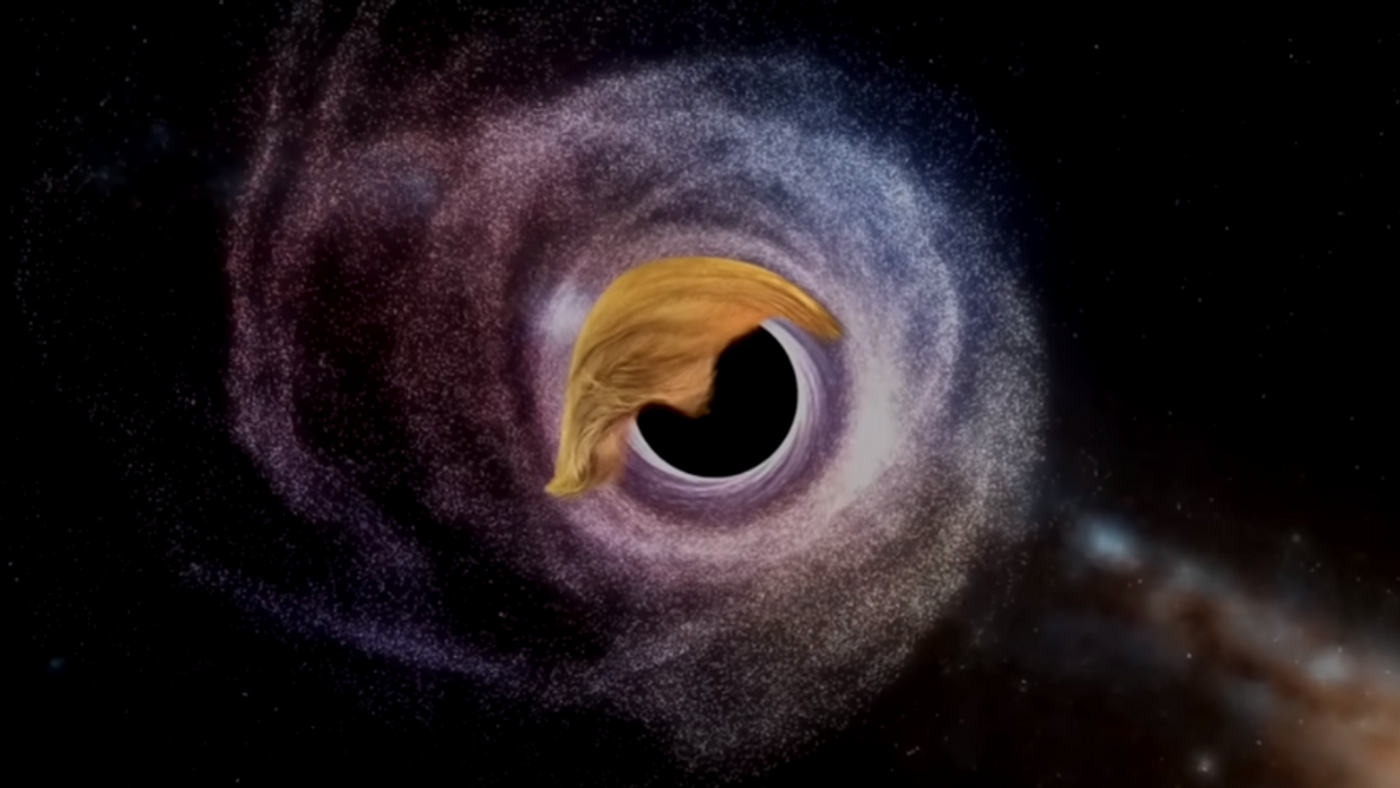Stephen Hawking's Final Paper Suggests Black Holes Aren't Bald
Late 2018, iconic physicist Stephen Hawking's last work was published posthumously in the Journal of High Energy Physics. In it, he and his Harvard collaborators concluded that black holes, the object Hawking spent most of his life researching, have "soft hairs".
To understand this outlandish claim, one would need to steer away from human aesthetics but dive deep into the nature of black holes, the massive celestial bodies whose gravitational force is so strong that nothing close to their vicinity can escape.
Physicists liken the characteristics of a black hole to the condition of "baldness", because of no other information about a black hole is available except for its mass, electric charge, and angular momentum.
Matters that are drawn towards a black hole, anything from a neutron star to a speck of dust, eventually enter the event horizon, the "points of no return". There, they are stretched to near-infinite lengths, broken down and assimilated into the faceless, indiscernible black hole, losing all their distinct properties.
But this very nature of black hole contradict the fundamental laws of physics. Quantum mechanics, the subfield of physics that deals with the world of very small, dictates that information can only be transformed but not destroyed.
In another physics doctrine known as the second law of thermodynamics, entropy, or the degree of disorder, always increase. A black hole violates this by turning everything falling toward it into homogenous, characterless mass, reducing overall entropy.
Related reading: How Stephen Hawking Transformed Our Understanding of Black Holes
In their 2018 paper, Hawkings and co-authors proposed a solution to the famous "black hole information paradox". They described a way of calculating the entropy of black holes, essentially quantitative measures of a black hole other than its basic properties.
Their solution points toward an alternative picture of what happens at the event horizon: the immensely strong gravitational force does not strip the unique properties of matters that fall toward a black hole; instead, these entities get transformed into photons and deposited at the event horizon. Therefore, those are the stretched, "soft hairs" covering the bare skin of black holes.
The authors admitted that their deduction on the matter is not a true resolution of the information paradox, but they believe that "it provides some considerable insight" that would get us one step closer to the truth.
Hawkings is often seen as a pioneer in modern physics, following the footsteps of another giant Albert Einstein. Einstein spent the second half of his life searching for a theory that unifies gravity and quantum mechanics but failed.
Hawkings, who helped conceptualize the idea of a black hole, saw this otherworldly, paradoxical body of enormous mass as a perfect gateway to complete what Einstein started. With the tremendous contribution made by the late British physicist, scientists are confident that the quest to find a unifying theory will come to a fruitful end.
Stephen Hawking's Final Theory on Black Holes (Physics Girl)
Source: Physics Girl/Guardian









